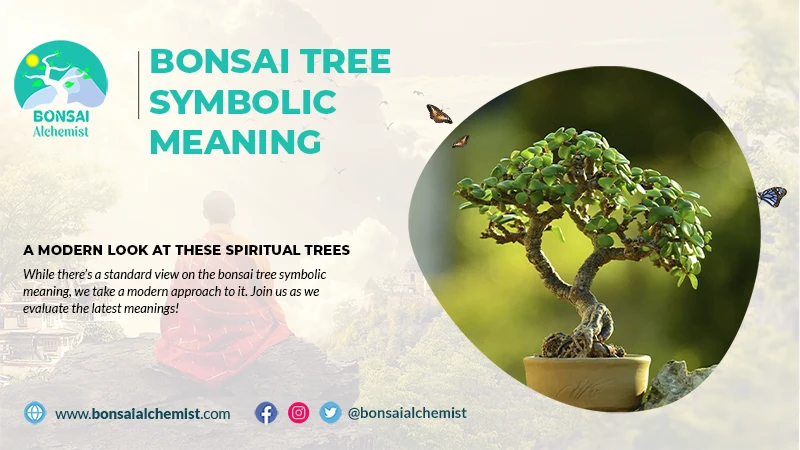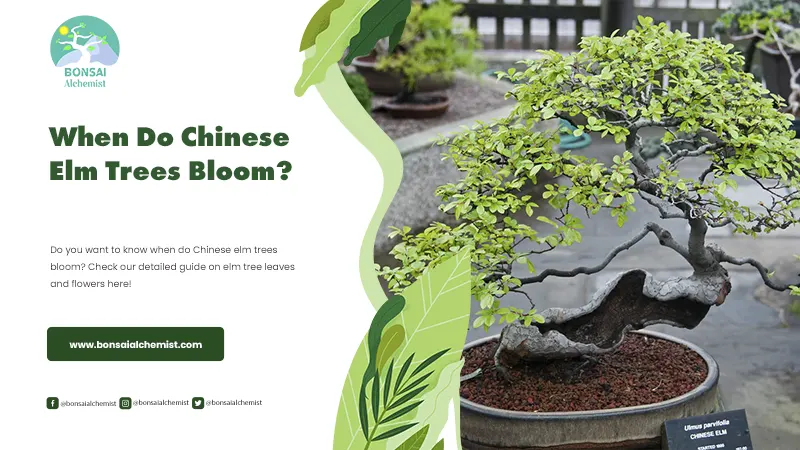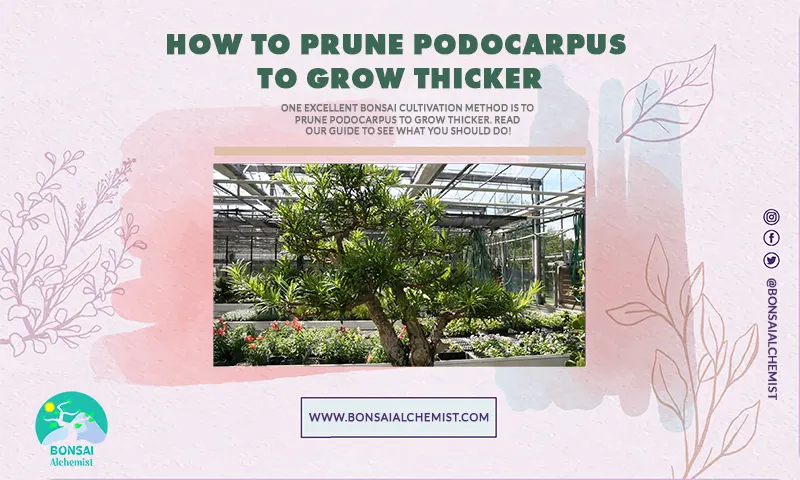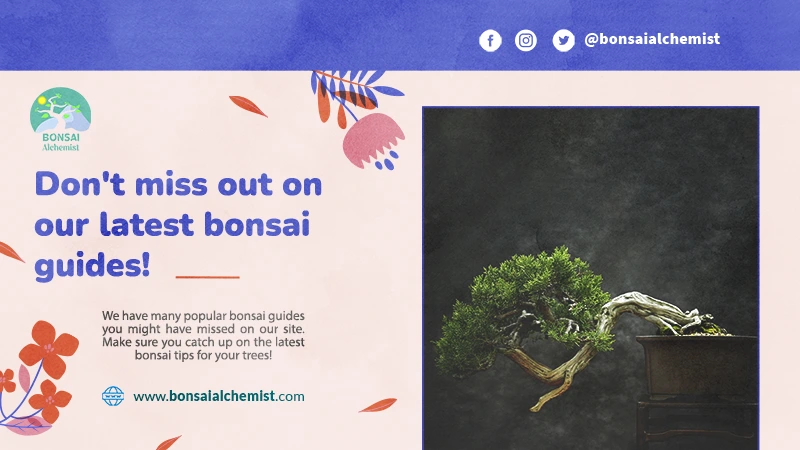Weeping Viridis Japanese Maple
acer palmatum 'Viridis’
The weeping Viridis Japanese maple is a gorgeous bonsai defined by its leaves striving to reach the ground. Overall, this is a beautiful tree, and we’ll show you step-by-step how to care for it. We’ll explain what soil type you need, the common pests, and where you should place this tree.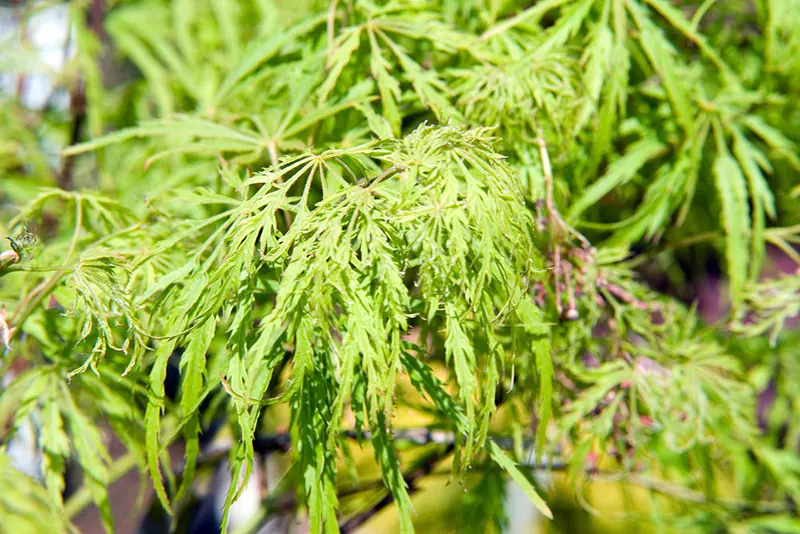
Image courtesy of David J. Stang | License Details
Here's what you'll find in our weeping Viridis Japanese maple bonsai species guide:
Here's what you'll find in our weeping Viridis Japanese maple bonsai species guide:
01
02
03
04
05
Quick Weeping Viridis Japanese Maple Bonsai Care Sheet
Here’s a quick table of all the important details to know when caring for a weeping viridis.
Recommended soil
A well-draining mixture. Preferably one mixed with pumice and lava rock, as the larger stones help drainage.
Watering
Water once a day or more if needed. Ensure soil is dry before watering.
Potting season
Repot every two years as the roots grow back rapidly. Warmer seasons will help the tree once repotted.
Shaping and pruning season
All-year round, except for larger branches. Prune strong branches closer to late autumn.
Light
Plenty of light needed, but place out of direct sunlight to protect the leaves.
Fertilizing
Use solid organic fertilizers full of micronutrients. Combine regular dosage with liquid fertilizer once a week for a more potent effect. Avoid options with high nitrogen concentration.
Propagation methods
Cuttings, seeds, and air layering all work well when done during the summer.
Pests and diseases
Aphids and fungal diseases.
Growth patterns
Tends to grow wider than taller.
Recommended styles
Allow the leaves to hang, creating the weeping effect of the tree’s namesake.
How To Care For Your Weeping Viridis Japanese Maple Bonsai Tree
Caring for any bonsai is a perilous endeavor; however, we’re here to walk you through the process and explain everything you need to do. This section will cover the soil, watering, repotting, shaping, location, growth pattern, and more. Using these, you’ll understand everything you need to do to care for a weeping Viridis Japanese maple bonsai.
Best Soil
The best soil to use for a weeping Viridis is any well-draining mixture. The better the mixture drains, the better the soil is for this tree. Many soils that work well contain stones such as pumice and lava rocks which help the soil drain faster. However, use an akadama mix with the stones for the best results.
Watering
Water the weeping Viridis at least once a day during any season. If the plant needs, you may be required to water the tree two to three times a day. Only water multiple times a day if the soil has drained and the tree is healthy. Touch the soil before watering to check if it’s dry, and judge the tree’s health by its leaves.
Repotting
Repot the weeping Viridis Japanese maple at least every two years, regardless of its age. As the species regrows its roots extremely quickly, you’ll need to pay careful attention and prune off a large amount each time you repot the tree.
While repotting, use a pencil or chopstick to help separate the roots and clear any clogged soil. This method will make pruning easier and ensure any moisture is removed before you plant the tree in new soil.
Shaping And Pruning
You can prune the shoots and twigs of the weeping Viridis bonsai all through the year. During summer and autumn, prune any large or strong branches, as this will provide enough time for your tree to recover before winter. Trim all leaves during the growing season, allowing for a finer set to bloom.
Location And Sunlight
The weeping Viridis Japanese maple requires plenty of sunlight, which is best received outdoors. However, keep the bonsai out of direct light, slowly hurting the leaves. Even though you may achieve redder leaves on various Japanese maples through more direct sunlight exposure, it can damage your tree.
The location you place the tree in should be airy. The bonsai only needs protection during winter if the temperature drops below 15 °F. For temperatures below 85 °F, direct sunlight will not harm your tree, but having it shaded from the afternoon sun is advised.
Fertilizing
Use an organic fertilizer when giving extra nutrients to your weeping Viridis. The option you pick shouldn’t be high in nitrogen to help avoid any overly large leaves. Additionally, add one dose of liquid fertilizer a week if the tree grows well and can handle the extra nutrients.
Propagation Methods
Seeds, air layering, and cuttings will work well when propagating a weeping Viridis maple. This tree can grow from almost anything if cared for correctly.
Pests And Diseases
The most common pest you’ll find on this Japanese maple is aphids. These small insects like to eat the tree’s sap. However, they are easily dealt with through the use of insecticide spray, which won’t harm your tree.
Additionally, the plant is prone to a fungal disease known as verticillium wilt, which is lethal to the tree. This fungal nuisance is untreatable and can be transmitted to your other trees. If you find your bonsai suffering from verticillium wilt, isolate it from the rest of your plants and trees.
Growth Patterns
The weeping Viridis Japanese maple often grows wider than it does in height. This width plays a considerable part when choosing where to place the tree, as it may occupy a larger space than just its pot.
Recommended Styles
Allow the weeping Viridis to grow wide and let its leaves begin to reach for the ground. This growth will create the weeping effect that the tree is named after. This style looks gorgeous and is lightly reminiscent of weeping willows on a more miniature scale.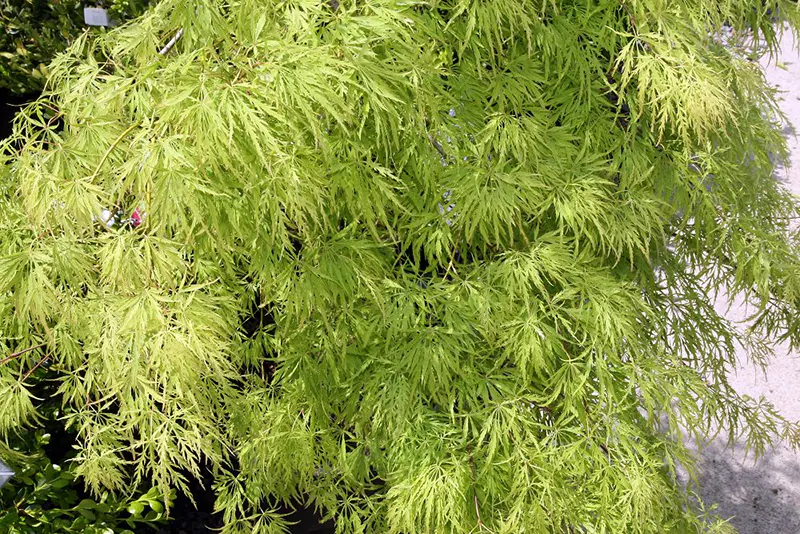
Considerations For Growing An Indoor Weeping Viridis Japanese Maple
Here are two main aspects to consider before moving your weeping Viridis indoors.
Placement
The Japanese maple species thrives in a sunny and well-aired location. As such, placement by a sun-facing window is best, especially if you can open the window to allow a draft in during the day.
During the warmer months, watch for temperatures higher than 85 °F, as direct sunlight at this temperature can damage your tree’s leaves.
Watering
The tree needs to receive water at least once a day. At times, you’ll need to water it more frequently if the soil drains well. Keep water nearby your tree for the moments you need it.
Common Issues When Caring For A Weeping Viridis Japanese Maple Bonsai
Raising a bonsai can be filled with issues. Here are the two common issues you’ll encounter when growing a weeping Viridis Japanese maple.
Diseases
The weeping Viridis is prone to fungal diseases, especially verticillium wilt. This disease is deadly to your bonsai and can spread between plants. Keep a careful eye out for any signs of poor health on your tree, as you cannot treat the disease.
Too Much Sun
In warmer temperatures, leaving this bonsai in direct sunlight for prolonged periods may damage its leaves. While you may want the tree to receive as much sunlight as possible, it is advised to allow it to get indirect sunlight, especially in the afternoon.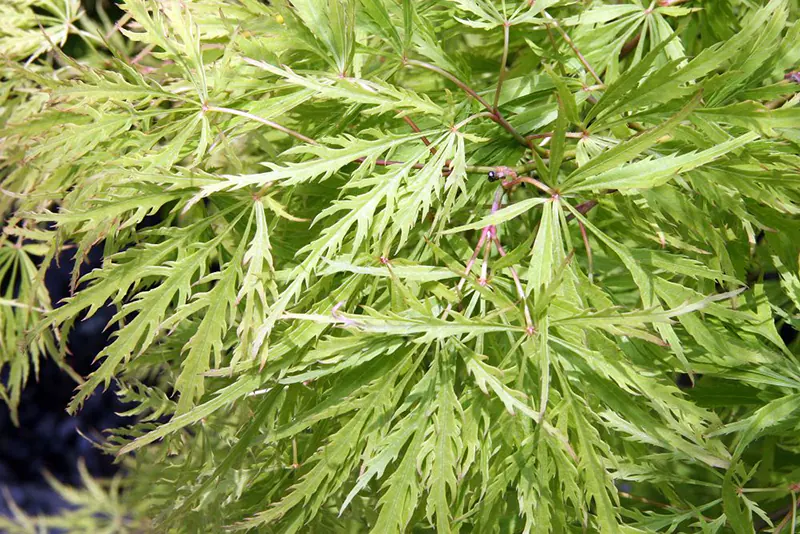
FAQs About Weeping Viridis Japanese Maple Bonsai
Here are six of the most frequently asked queries about the weeping Viridis and other Japanese maple bonsai. These questions will help answer anything left out of the care sheet and summarize some of the most essential pieces. We’ll also explain how you can turn a Japanese maple tree into a bonsai.
For multiple reasons, the Japanese maple is a great species to grow as a bonsai. Thanks to their colorful leaves and ease of care, they’re a popular tree to grow. The trees are planted in well-draining soil that helps avoid issues of overwatering.
While all Japanese maples are great bonsai trees, the Beni Hime Acer palmatum is one of the best growing varieties. The reason to grow this tree is due to its smaller leaves that have a bright scarlet color in spring. Additionally, this tree is known as a dwarf Japanese maple, making it easier to maintain.
While it’s not advised, it is possible to grow almost any bonsai indoors, including the Japanese maple. However, you’ll need to pay careful attention to the tree as it has seasonal requirements. Additionally, sunlight exposure is one of the most overlooked factors when growing the bonsai indoors.
A regular weeping maple will grow to the height of 10 feet as its maximum growth, though it can easily reach a span of 12 feet. The bonsai version will only reach a total of three feet over several decades of growth.
Almost any tree, including Japanese maples, can be transformed into a bonsai. The most important thing to remember when making a bonsai is to prune the roots, helping to keep the plant dwarfed. However, it’s best to turn a young tree into a bonsai, as it’s easier to shape and prune.
There are many great tree species when considering what specimen to turn into a bonsai. Three of the best and most popular species include junipers, pines, and Japanese maples. Other popular options are the cedar and dwarf jade species.


